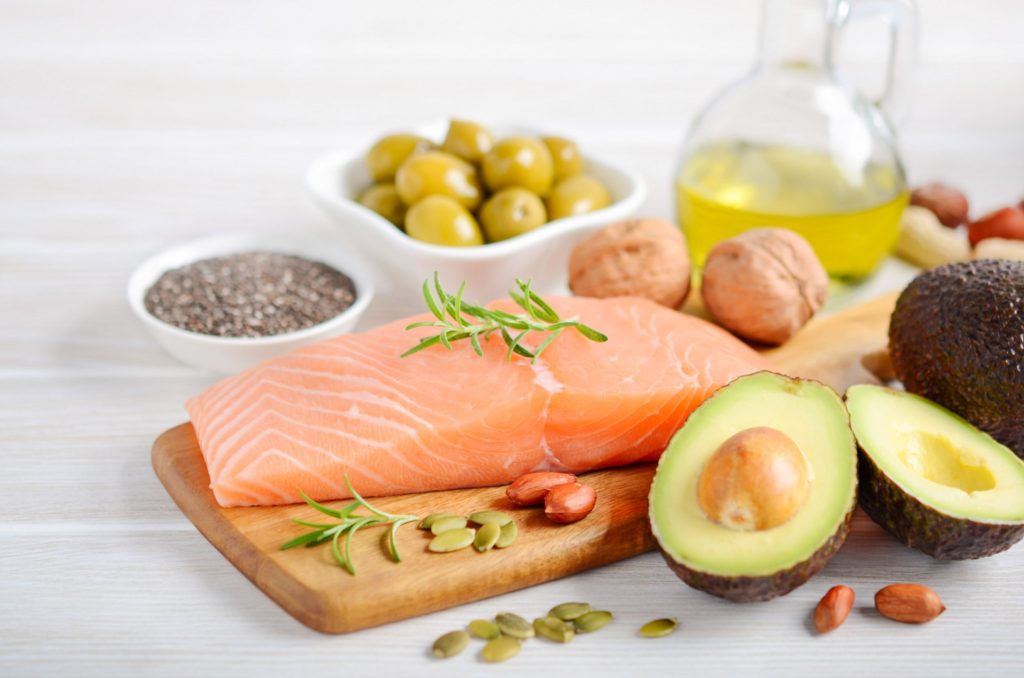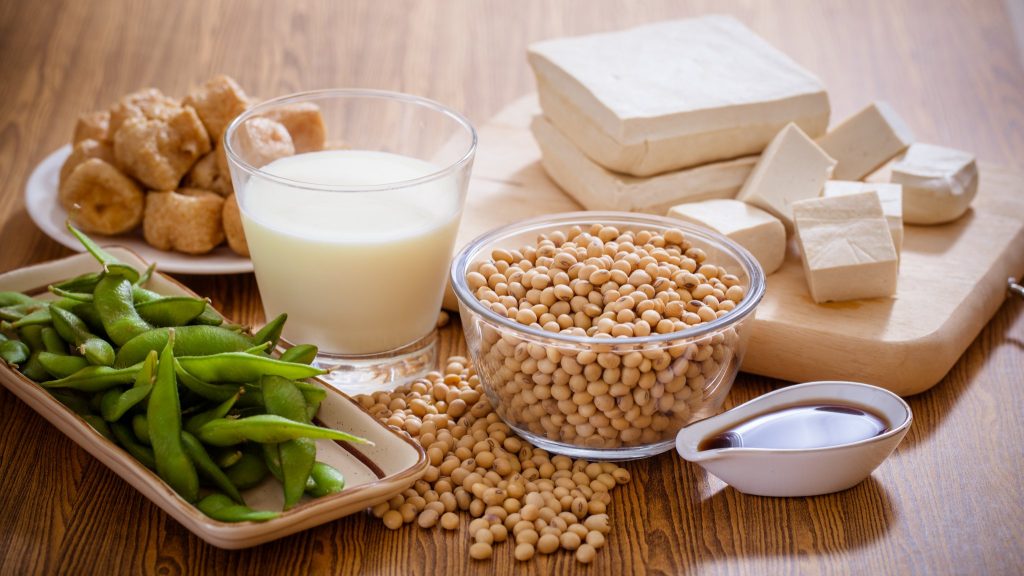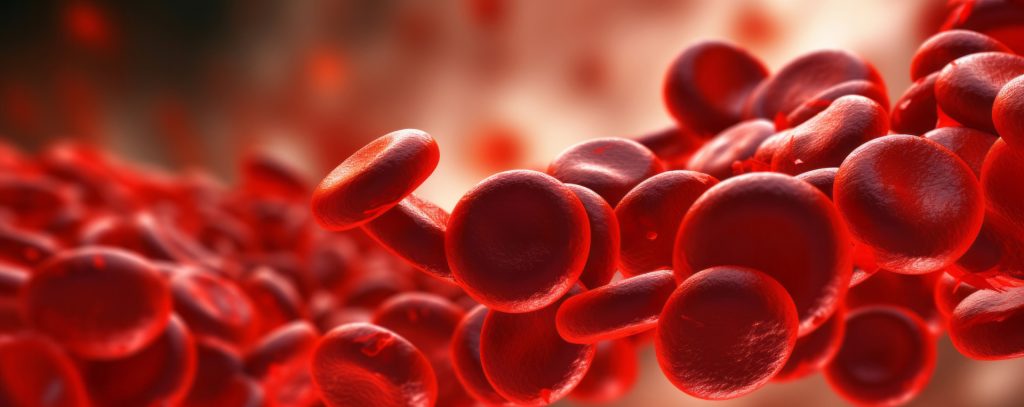Deep Dive into Phytonutrients
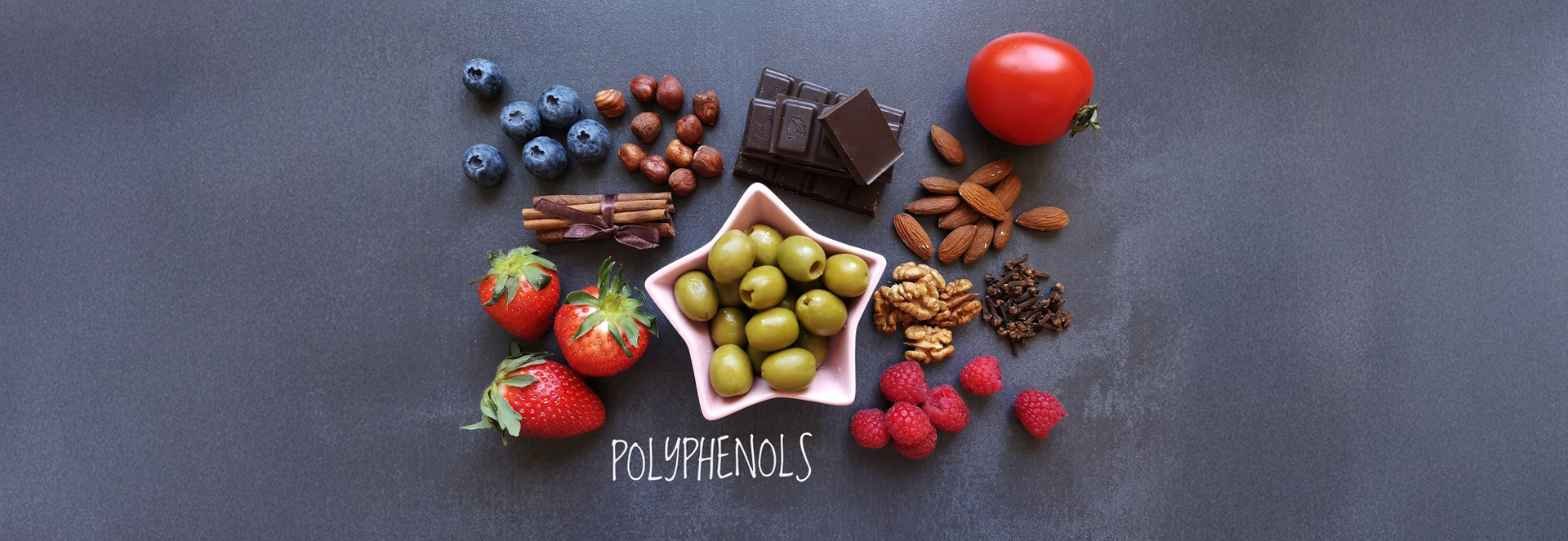
What are Phytonutrients?
All plants contain compounds that we call phytonutrients or phytochemicals. Over 10,000 have been identified, but some scientists speculate this is just the tip of the iceberg and tens of thousands may exist.
These compounds serve various roles in plants, and some of their properties may benefit us when we consume them.
What is the role of phytonutrients in plants? Here are a few examples of how phytonutrients are essential to plant growth and survival:
Protection: Certain plant compounds protect plants from disease and predators such as insects, viruses, bacteria or fungi. They may taste bitter to deter consumption or possess antimicrobial properties.
Environmental Stress: Some absorb ultraviolet (UV) light to shield the plant from radiation and help it withstand extreme temperatures or drought.
Attracting Pollinators: Some produce aromas or colours that attract pollinators or animals, helping with seed dispersal. For example, the colours of fruits and vegetables often come from phytonutrients that also attract bees and birds.
We often experience these plant compounds through their colours, flavours and aromas.
COLOURS
· Beta-carotene gives carrots, pumpkins and sweet potatoes their orange hue.
· Anthocyanins are responsible for the purple tones in beetroot and blueberries.
· Lycopene produces the red pigment found in tomatoes and watermelon.
FLAVOURS
· Glucosinolates, found in cruciferous vegetables such as broccoli, provide a bitter or pungent taste.
· Oleocanthal contributes a peppery bite to olive oil.
· Chlorogenic acids lend coffee its bitter, astringent flavour.
AROMAS
· Allicin is the sulphur compound in garlic responsible for its strong flavour and smell.
· Menthol gives mint its cooling, aromatic character.
How do WE benefit from phytonutrients?
Phytonutrients are not essential in the way that vitamins and minerals are, but they offer a range of health benefits:
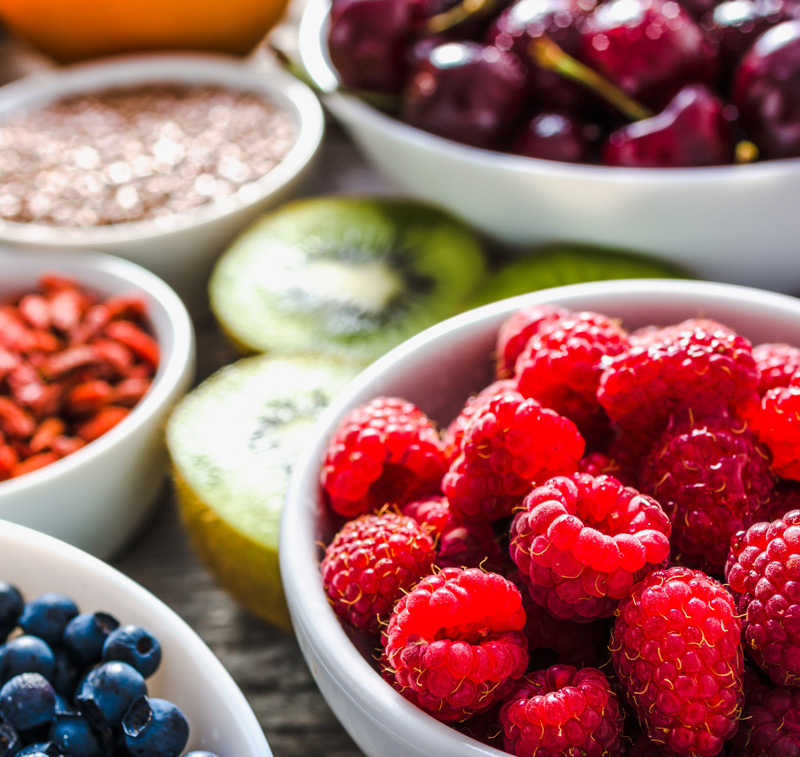
Antioxidants
Many phytonutrients act as antioxidants, protecting our cells and DNA from oxidative stress caused by free radicals. These unstable molecules may originate within the body or from environmental sources such as UV rays, pollution or fried foods. Antioxidants neutralise free radicals before they cause harm. Polyphenols and carotenoids in plants are particularly rich in antioxidant properties.
Consuming a variety of brightly coloured vegetables and fruits helps increase antioxidant intake. Purple beetroot and berries, red tomatoes, orange carrots, yellow peppers, green kale and white cauliflower all contain different types of polyphenols and carotenes.
Anti-inflammatory properties
Certain phytonutrients influence the body’s inflammatory pathways, helping to reduce chronic inflammation. These include curcumin (turmeric), resveratrol (grapes), quercetin (onions), catechins (green tea), sulforaphane (broccoli), allicin (garlic), beta-carotene, gingerol (ginger), capsaicin (chilli), and lycopene (tomatoes).
They may work by inhibiting the COX-2 enzyme, suppressing pro-inflammatory compounds (cytokines and interleukins), or modulating the NF-kappa B immune response.
Postbiotics:
Some phytonutrients are metabolised by our gut microbiota into compounds called postbiotics, which can contribute to health. This process may explain many of their antioxidant and anti-inflammatory effects.
Cardiovascular health:
Certain flavonoids can stimulate nitric oxide production, which acts as a vasodilator and may benefit blood pressure and heart health.
Phytoestrogens:
Lignans in flaxseeds and isoflavones in soya beans can bind to oestrogen receptors, exerting mild hormonal effects. These may help regulate oestrogen levels, potentially alleviating symptoms linked to both high and low oestrogen.
Additional Benefits:
- Beta-carotene is a precursor to vitamin A (retinol). Its absorption improves when eaten with fat, such as olive oil.
- Lutein and zeaxanthin accumulate in the retina, possibly protecting vision from oxidative damage.
- Phytosterols (in seeds and seed oils) may reduce cholesterol absorption and increase excretion, although evidence on reducing heart disease is still evolving.
Antimicrobial and antiviral effects:
Phytonutrients such as allicin, berberine, curcumin and thymol have antimicrobial properties and may support our own immune system. They may work by disrupting microbial metabolic processes or breaking down protective biofilms.
Detoxification
Glucosinolates in cruciferous vegetables support liver detoxification by activating glutathione pathways. In the body, they convert into sulforaphane and isothiocyanates, which are bioactive.
What does the science say?
Numerous studies have explored the effects of individual phytonutrients (e.g. turmeric, green tea, dark chocolate, olive oil). Observational evidence also supports plant-rich diets such as the Mediterranean diet in improving overall health.
Areas of active research include: inflammation, brain function, cardiovascular health, muscle recovery, arthritis, hay fever, blood sugar control and obesity risk.
Soy consumption has shown promising associations with reduced breast cancer risk in pre- and postmenopausal women, likely due to its phytoestrogen content.

Types of Phytonutrients
There are many groups of plant compounds, and the most well-known are the polyphenols. Due to their complex structure, polyphenols are not easily absorbed through the gut into the bloodstream. Instead, they are often metabolised by the gut microbiota into smaller, bioactive molecules that the body can utilise in different ways.
Polyphenols
FLAVONOIDS
- Catechins in green tea
- Quercetin in onions
- Epicatechins in cocoa
- Hesperidin in citrus fruits
- Anthocyanins, the bright purple colour in beetroot and berries
- Isoflavones, such as genistein and daidzein in soya beans and flaxseeds, which are also known as phytoestrogens, have a mild oestrogenic effect in our body
- Ellagic acid in strawberries
NON-FLAVONOID POLYPHENOLS
- Caffeic acid in coffee
- Ferulic acid in wholegrains
- Tannins in tea and walnuts
- Stilbenes e.g. resveratrol in red grapes/ wine
- Lignans in flaxseeds and many pulses are also phytoestrogens, or sesamin in sesame seeds
- Diarylheptanoids, e.g. curcumin
- Oleocanthal in extra virgin olive oil
- Gingerol in ginger
- Rosmarinic acid in rosemary
Terpenes
Provide the aromas and flavours to some foods. Examples of terpenes:
- Limonene in citrus fruits
- Menthol in mint
- Cineole in rosemary
- Thymol in thyme
- Carvacrol in oregano and thyme
- Camphor in sage and rosemary
- Zingiberene in ginger
Carotenoids
Orange / red food pigments. Examples of carotenoids:
- Beta-carotene in carrots
- Lycopene in tomatoes
- Lutein in spinach
- Zeaxanthin in kale
Glucosinolates
Found in cruciferous vegetables, glucosinolates support natural glutathione production in the body. Glutathione is a potent antioxidant that also plays a role in liver detoxification.
Phytosterols
- Beta-sitosterol is found in sunflower seeds, pumpkin seeds and sesame seeds.
- Phytosterols may help lower cholesterol levels by competing with dietary cholesterol absorption, although their impact on heart disease risk is still under investigation. They are present in many seed oils, e.g. cold pressed rapeseed oil.
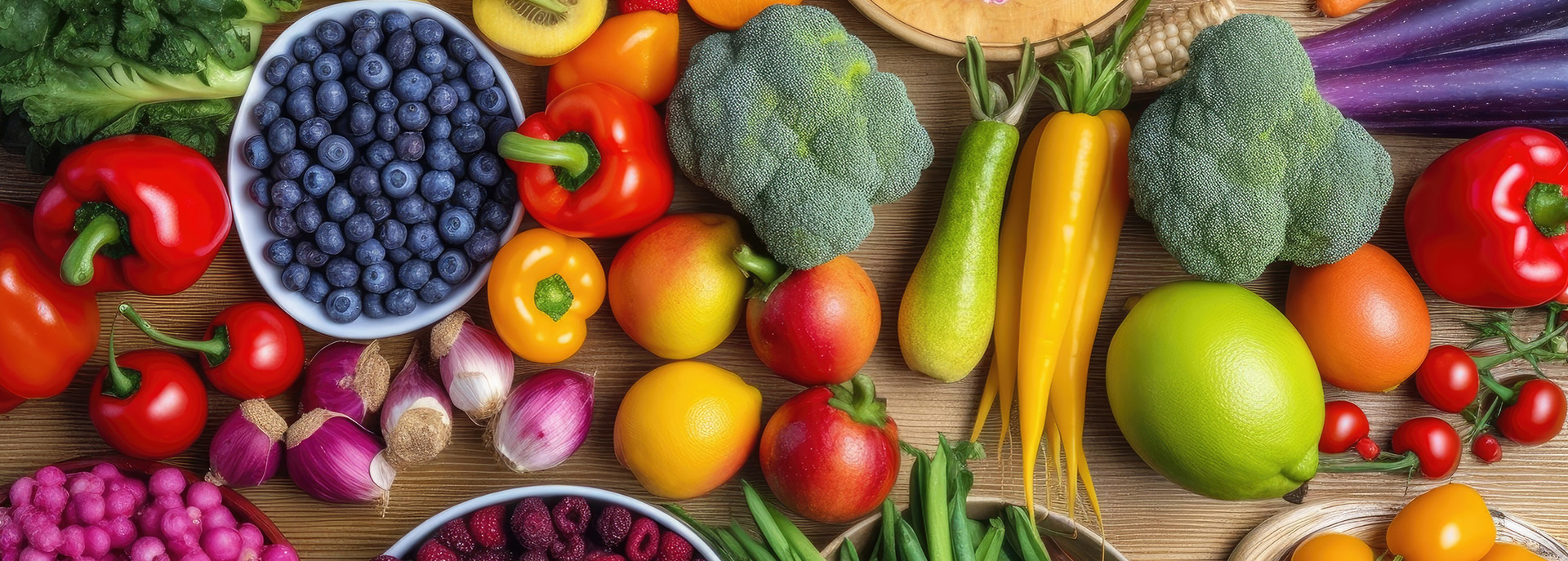
Top tips for a phytonutrient-rich diet
- Aim for several servings of plant foods each day. This includes fruits, vegetables, wholegrains, seeds, nuts, beans and lentils.
- Eat a variety of vegetables at every meal. Aim for at least three different vegetables per meal and over 30 different plant foods per week.
- Choose vegetables and fruits in a range of colours. Examples include purple sprouting broccoli, red onions, red cabbage, purple carrots and blueberries. These are particularly rich in anthocyanins.
- Use a variety of herbs and spices, especially Mediterranean herbs and colourful spices such as rosemary and turmeric.
- Include polyphenol-rich foods such as dark chocolate, raw cacao, cacao nibs, extra virgin olive oil, coffee, green tea and matcha.
- Pair carotenoid-rich vegetables with a fat source (e.g. olive oil) to enhance absorption.
- Do not shy away from bitter-tasting foods like Brussels sprouts, olive oil, dark chocolate and coffee, as bitterness often indicates high phytonutrient content.
- Rotate your choices: incorporate different types of beans (e.g. kidney, cannellini, black-eyed), lentils (e.g. red, black) and various nuts and seeds.
- Cook with onions and garlic regularly for their allicin and quercetin content.
- Include phytoestrogen-rich foods such as edamame, miso, tofu and flaxseeds.
References:
· Dini, I. and Grumetto, L. (2022). Recent advances in natural polyphenol research. Molecules, 27(24), 8777. https://doi.org/10.3390/molecules27248777
· Manach, C., Mazur, A. and Scalbert, A. (2005). Polyphenols and prevention of cardiovascular diseases. Current Opinion in Lipidology, 16(1), 77–84. https://doi.org/10.1097/00041433-200502000-00013
· Boutas, I. et al. (2022). Soy isoflavones and breast cancer risk: A meta-analysis. In Vivo, 36(2), 556–562. https://doi.org/10.21873/invivo.12737
· Racette, S.B. et al. (2010). Dose effects of dietary phytosterols on cholesterol metabolism: A controlled feeding study. The American Journal of Clinical Nutrition, 91(1), 32–38. https://doi.org/10.3945/ajcn.2009.28070
Disclaimer:
Features published by Dominique Ludwig are not intended to treat, diagnose, cure or prevent any disease. Always seek the advice of your GP or another qualified healthcare provider for any questions you have regarding a medical condition, and before undertaking any diet, exercise or other health-related programme. Please refer to our Terms and Conditions and Medical Disclaimer for more information as well as our Website Terms and Conditions.
